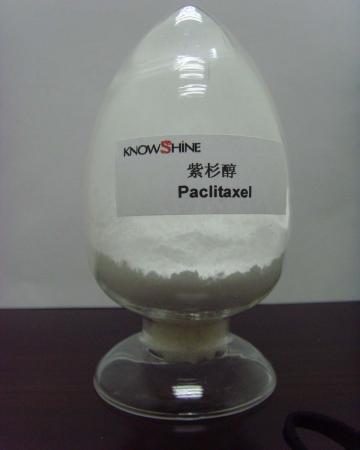
近年来,科研人员采用高通量筛选技术筛选出了大量应用于抗肿瘤的活性化合物,但这些化合物大多分子量高、疏水性强。据统计,目前至少有40%的药物因难溶性问题使用受到了限制。例如,紫杉醇是最具疗效的广谱抗肿瘤药物之一,但由于其水溶性差,临床上多以聚氧乙烯蓖麻油和乙醇混合物作为溶媒溶解后静脉注射进行给药。而此类给药方式会使药物分布于患者全身,引起毒副作用,同时有机溶剂的引入也会导致严重的过敏反应。
为解决这一难题,中科院过程工程研究所马光辉课题组构建了一种基于磁性氧化铁纳米管的传输体系,实现了紫杉醇的高效给药。通过对结晶过程的控制,可以将紫杉醇纳米晶成功地装载于纳米管内部。该体系不仅可以借助表面修饰的亲水性分子躲避内皮网状系统的识别,在体内具有较长的循环半衰期;而且能够在外加磁场的作用下展示出良好的磁靶向性,大大提高肿瘤细胞对药物的摄取量;上述纳米管在被细胞摄取后还会被溶酶体捕获,其中酸性环境能够促进氧化铁基质的降解,从而加速了难溶药物的释放。基于上述优势,该给药体系与传统商品化制剂相比,显示出了更好的抗肿瘤能力和更少的毒副作用,在难溶性抗肿瘤药物输送领域具有广阔的应用前景。

 Iron Oxide Nanotubes for Magnetically Guided Delivery and pH-Activated Release of Insoluble Anticancer Drugs
Iron Oxide Nanotubes for Magnetically Guided Delivery and pH-Activated Release of Insoluble Anticancer Drugs
Zhan-Guo Yue, Wei Wei, Zuo-Xiang You, Qin-Zheng Yang, Hua Yue, Zhi-Guo Su, Guang-Hui Ma
Low solubility in water is an intrinsic property of many drugs, which hinders the clinical use of those active ingredients. To break this bottleneck, we attempt to develop an iron oxide nanoparticle-based multifunctional system. Firstly, we perform PEG coating and compare the feasibility of spherical and rod-like iron oxide nanoparticles in a view of carcinoma cellular uptake; rod-like nanoparticles attracted our interest since they could be quickly and massively internalized. For paclitaxel (PTX) loading, we next transform the nanorods into a tube structure by a hydrothermal method. The results show that drug crystals can be successfully loaded in the inner voids of these nanotubes (PMNTs) by controlling the crystallization process of PTX. The acquired nanocomplexes not only escape phagocytosis of macrophage cells by a PEG stealth effect, but also exhibit an increased cellular uptake with magnetic field exposure. In addition, this iron oxide-based drug carrier possesses a low pH-activated release profile, which would accelerate drug release in the carcinoma cells and minimize non-specific drug release. Owing to these advantages, PMNTs promote the anticancer efficacy of PTX and clearly exhibit promising potential for using as high-efficiency insoluble drug delivery system in clinical applications.
文献链接:https://onlinelibrary.wiley.com/doi/10.1002/adfm.201100510/abstract







